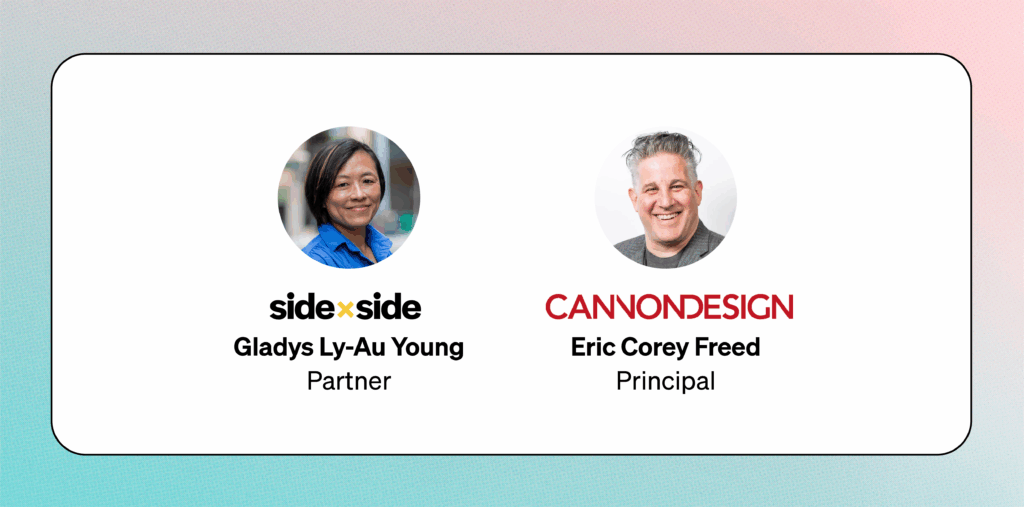
Phase 2 of this report is the first of its kind plant-by-plant accounting of the production, use, and releases of chlorine and related pollution around the world. It is intended to inform the efforts of building product manufacturers to reduce pollution in their supply chains.
Chlorine is a key feedstock for a wide range of chemicals and consumer products, and the major ingredient of polyvinyl chloride (PVC) plastic. The report includes details aboutthe production technologies used and markets served by 146 chlor-alkali plants (60 in Asia) and which of these plants supply chlorine to 113 PVC plants (52 in Asia). The report answers fundamental questions like:
- Who is producing chlorine?
- Who is producing PVC?
- Where? How much? And with what technologies?
- What products use the chlorine made in each plant?
Key findings include:
- Over half of the world’s chlorine is consumed in the production of PVC. In China, we estimate that 74 percent of chlorine is used to make PVC.
- 94 percent of plants in Asia covered in this report use PFAS-coated membrane technology to generate chlorine.
- In Asia the PVC industry has traded one form of mercury use for another. While use of mercury cell in chlorine production is declining, the use of mercury catalysts in PVC production via the acetylene route is on the rise. 63 percent of PVC plants in Asia use the acetylene route.
- 100 percent of the PVC supply chain depends upon at least one form of toxic technology. These include mercury cells, diaphragms coated with asbestos, or membranes coated with per- and polyfluoroalkyl substances (PFAS), used in chlorine production. In PVC production, especially in China, toxic technologies include the use of mercury catalysts.
Supplemental Documents:



